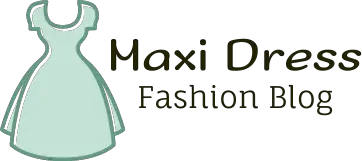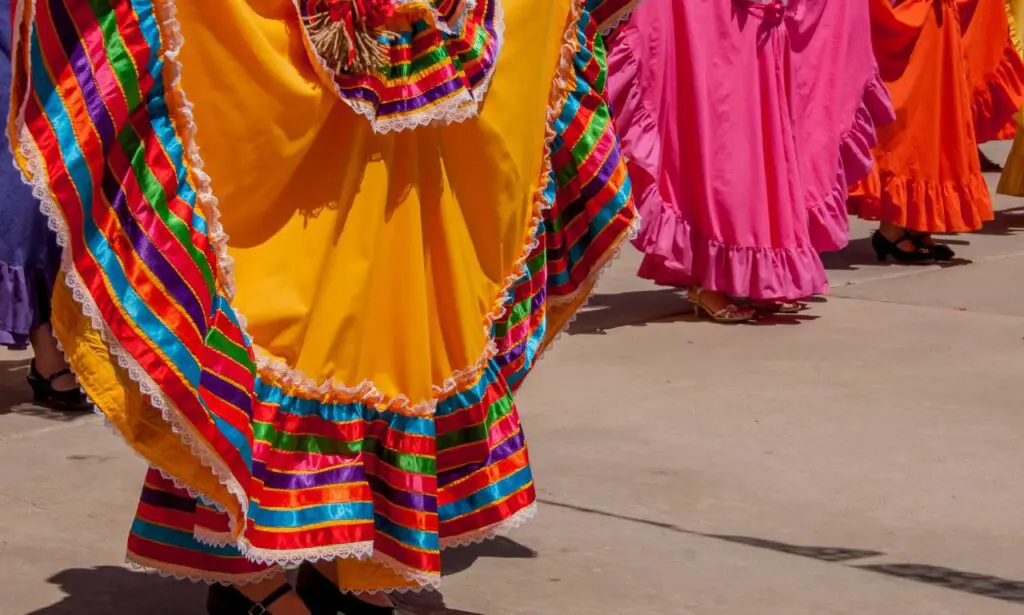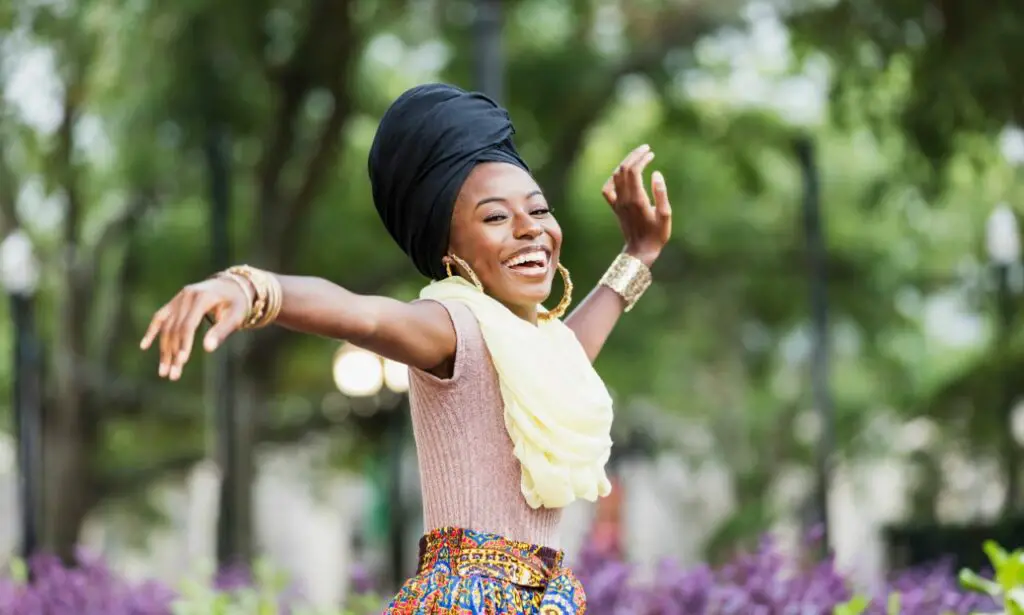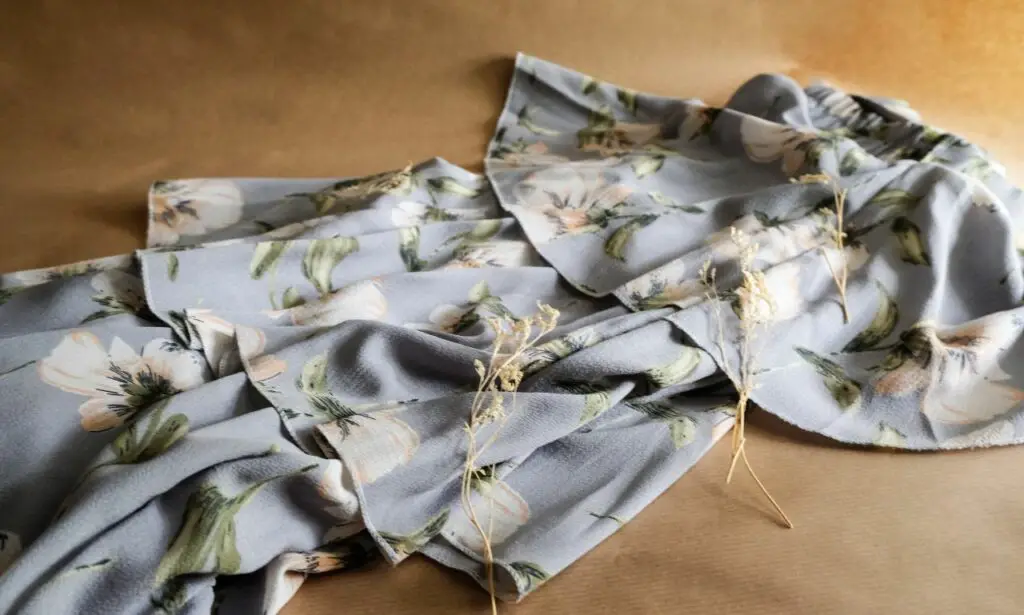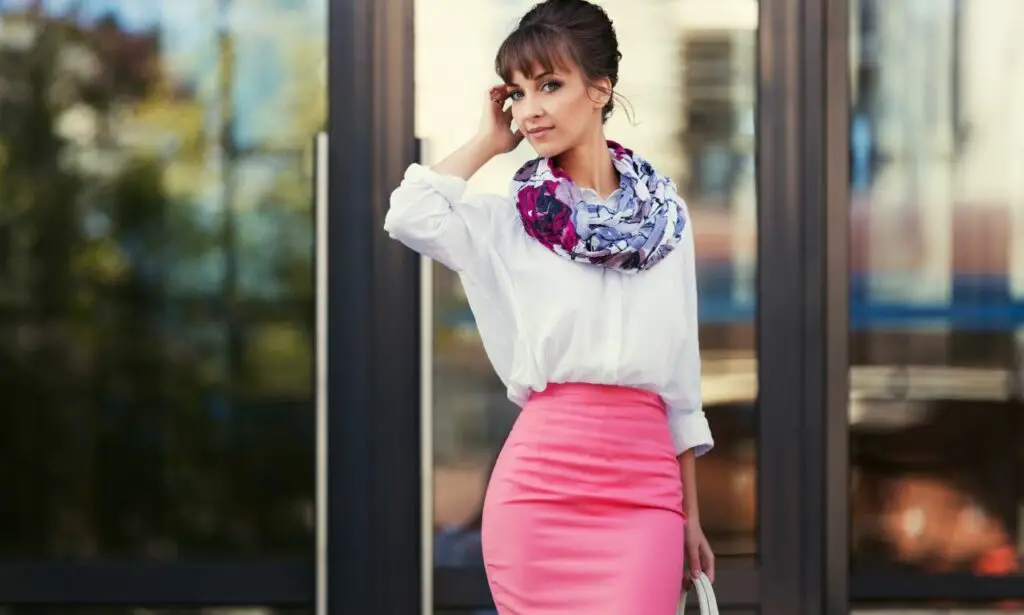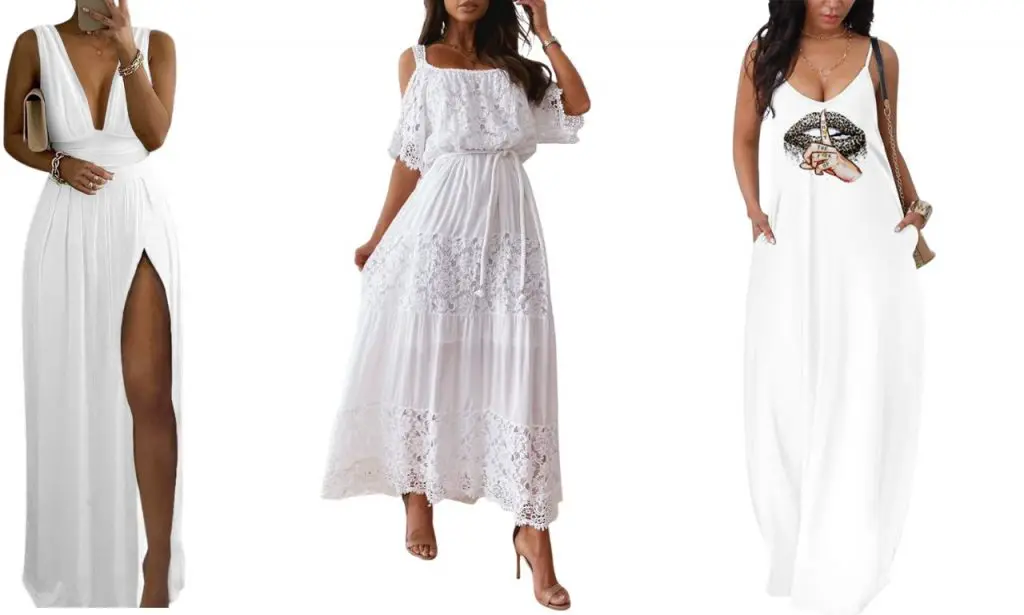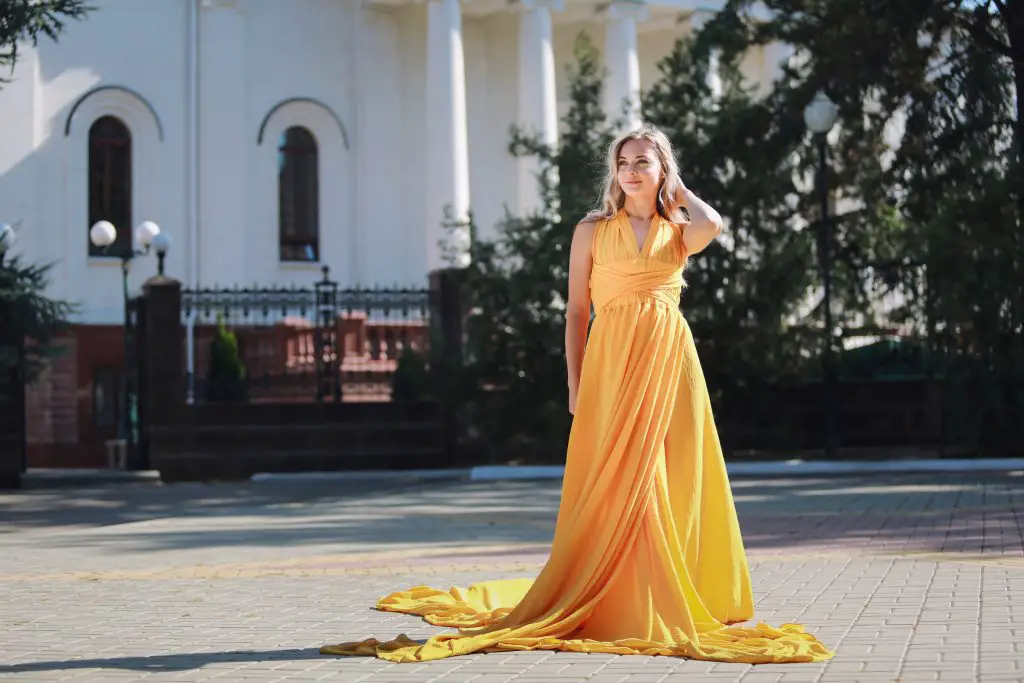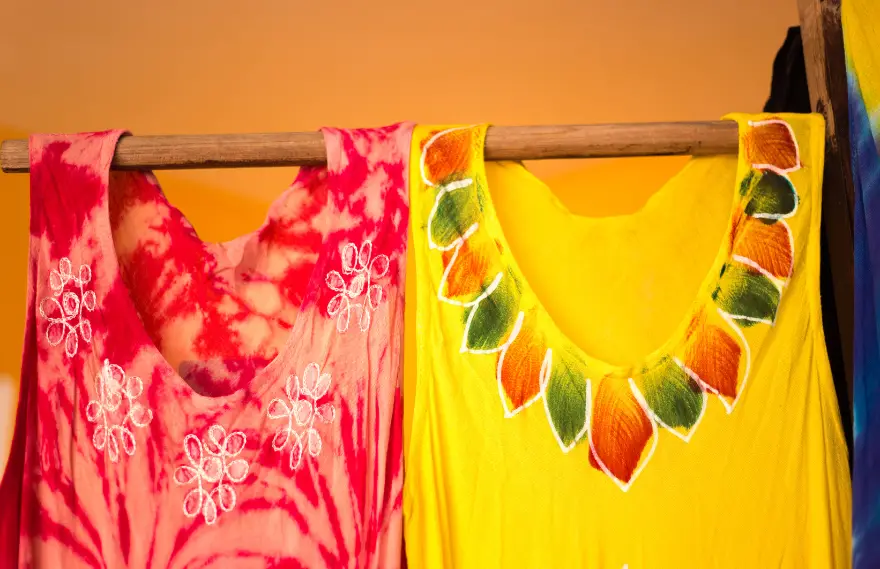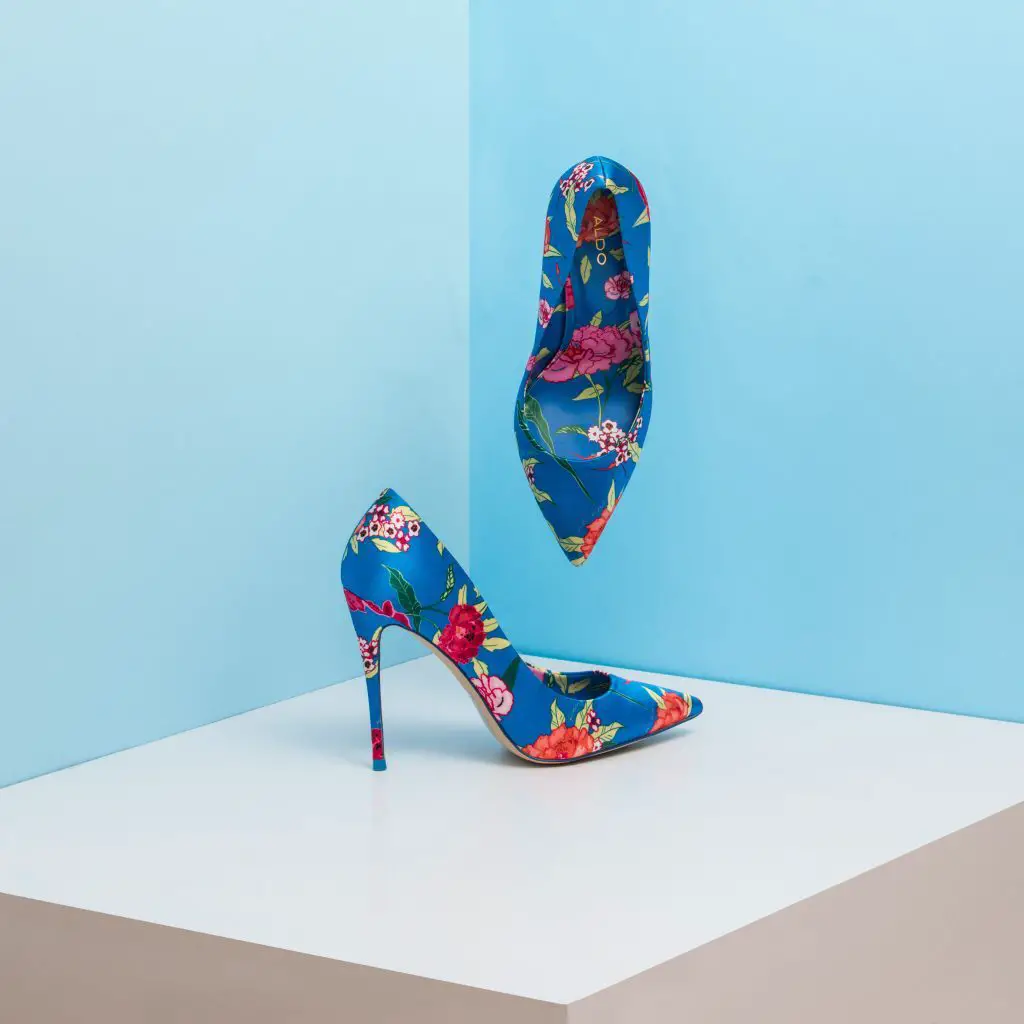Did you know that pockets were first introduced in the 16th century? And that they were initially only used by men? It wasn’t until the early 19th century that women began to use pockets as well.
Here are some fun facts about pockets that you may not have known:
Pockets etymology
The word “pocket” comes from Middle English. In Anglo-Norman (old Norman French that was used also in England and is older than Middle English) the word was poket,
It means “bag” or “Sack”. This is likely because pockets were originally designed to hold small bags, such as those used for carrying money. Over time, pockets evolved to become a part of clothing, rather than being separate accessories.
Pockets in clothes were first introduced in the 16th century
You might not give much thought to the pockets in your dress, but they are actually a relatively recent invention. Pockets were first introduced in the 16th century, and they quickly became an essential part of men’s clothing.
However, women’s clothing did not generally include pockets until the 19th century. Instead, women would carry their belongings in reticules, which were small handbags. It wasn’t until the late 19th century that women’s clothing began to incorporate pockets, and even then they were often seen as being more functional than fashionable.
Pockets in women’s clothes were considered appropriate
As said before, It wasn’t until the late 1800s that women’s clothing began to feature pockets.
So why the change? Well, as women became more active in public life, they began to demand greater freedom and independence. Pockets offered a convenient way to carry essential items like keys, handkerchiefs, and knives (for self-defense, of course).
While some people decried pockets as unfeminine or unladylike, others saw them as a sign of progress. Even today, we don’t take pockets for granted, and women’s dresses mostly don’t have pockets, or have smaller pockets than men’s. They were once a radical idea, and it seems like they still are. Thanks, pockets! We owe you one.
Queen Mary used to sew her granddaughter’s pockets shut
Queen Mary of Teck (26 May 1867 – 24 March 1953) was King Geoge the V’s wife and Queen Elizabeth’s grandmother. She was very committed to the duties of the crown.
Her husband King George the V died in 1936 leaving the crown first to his elder son David and then to his second son, Albert. His wife, Queen Mary, outlived her husband and when her son Albert ruled as King George VI, she prepared his daughter Elizabeth for the day she will sit on the throne.
This preparation included teaching her royal court etiquette. These included stitching the young princess’ pockets so she won’t be able to put her hands in them. The reason? putting your hands in your pockets is considered unrespectable.
There are different meanings to putting your hands in your pockets
Not all cultures view putting your hands in your pockets as a sign of bad etiquette. In some regions, it can even be seen as an invitation to conversation.
In the African country of Cameroon, for example, people put their hands in their pockets to indicate that they are ready and willing to listen. Similarly, in China, placing one’s hands in their pockets is a gesture of respect and humility.
In the United States, people often put their hands in their pockets to signify a relaxed attitude.
In Israel, putting one’s hands in their pockets is seen as a sign of confidence, while in the Philippines it can be interpreted as a sign of shyness.
Different cultures have different meanings for pockets
Pockets mean more than just something to store our items in – they represent different beliefs and customs all over the world. They are not just a piece of clothing, but in some cultures, they hold hidden meanings.
In Japan for example, pocketed skirts and sweaters were traditionally worn during weddings to symbolize fertility.
In India, pockets have been used to carry coins or other items that bring good luck. And in countries like Germany and the United Kingdom, it’s considered polite to offer someone a ‘pocket handshake’ – that is, to place your closed hand in their open palm as a sign of friendship.
How to pose in a dress with pockets?
The Jeans’ smallest pocket
Have you ever wondered why your jeans have pockets that were never meant to be used?
Jeans have 5 pockets: 2 at the back, 2 at the front – and one small pocket inside the front-right pocket. That small pocket inside your pants pocket is actually called a coin pocket, and it’s there for a very specific purpose. Coin pockets were originally designed to hold coins so that they didn’t fall out of your pocket and get lost. However, over time, the coin pocket has become more decorative than functional, and it’s now mostly used to hold things like a single key.
So next time you reach for your coin pocket, think about its history and all the different ways it’s been used over the years.
How to style a dress with a denim jacket?
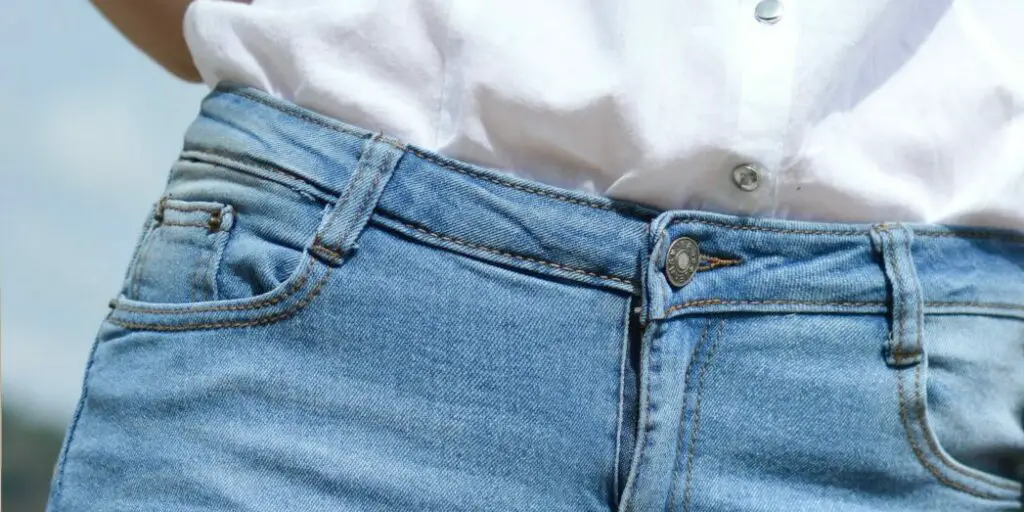
You should open your suit pockets after you buy it
If you’ve ever wondered why some of the pockets on your new suit are sewn shut, there’s actually a very good reason for it. Pockets are typically sewn shut to prevent the fabric from being stretched out or damaged during shipping and handling.
By leaving them unsewn, companies can save money on production costs.
However, sewing the pockets shut also serves another important purpose: it ensures that the pocket lining is in the correct position. If the pocket lining is not positioned properly, it can create bulges and lumps in the fabric, which can ruin the look of the suit. So, before you wear your new suit, be sure to open up the pockets.
So, there you have it—a brief history of pockets and why they are important in fashion today. Whether we’re talking about women’s clothing, coins, or even suit pockets, these little pieces of fabric offer a lot more than meets the eye! Pockets may be small but they definitely make an
